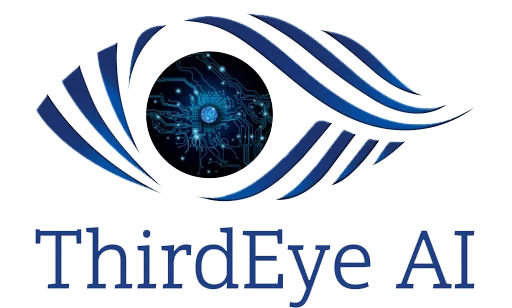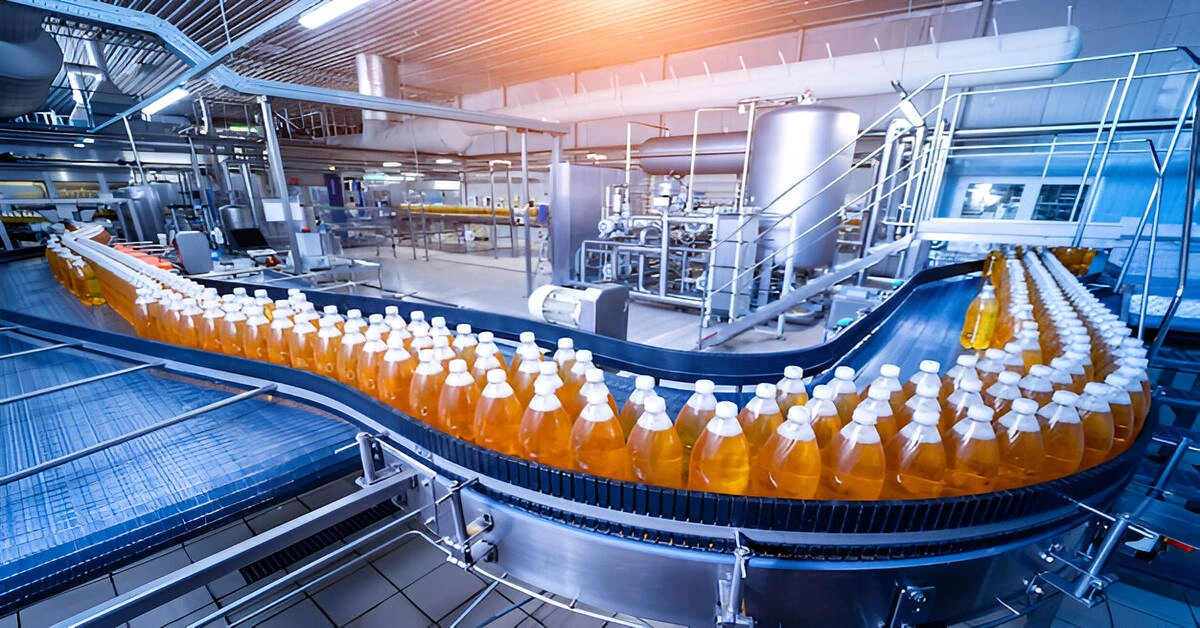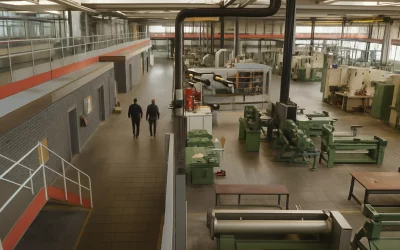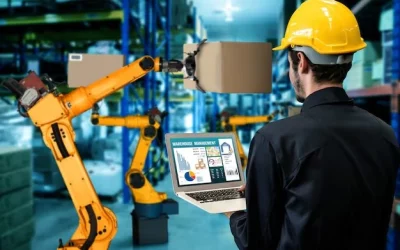In the food and beverage (F&B) industry, maintaining high standards of quality and safety is not just a necessity; it’s a responsibility. With evolving consumer expectations, increasing health concerns, and stringent regulations, ensuring defect-free products and contamination-free production processes is more critical than ever. Enter vision inspection systems—a transformative technology reshaping how quality control is managed in the F&B sector.
What Is Vision Inspection?
Vision inspection systems leverage a combination of advanced cameras, sensors, lighting systems, and AI-powered algorithms to monitor and analyze products and processes in real time. These systems are designed to detect defects, ensure compliance with quality standards, and optimize production efficiency.
Unlike traditional manual inspection methods, vision inspection systems offer unmatched speed, precision, and reliability. Their ability to handle large-scale production lines makes them indispensable for modern F&B operations.
Key Applications of Vision Inspection in the F&B Industry
1. Packaging Inspection
- Label Accuracy: Ensures correct labeling, ingredient lists, expiration dates, and nutritional information. Mislabeling can lead to costly recalls or legal consequences.
- Printing Verification: Detects smudged or missing prints, such as barcodes or QR codes, essential for product tracking and traceability.
- Leak and Integrity Testing: Identifies damaged packaging that could result in contamination or product spillage, safeguarding product quality during transportation and storage.
2. Foreign Object Detection
- Identifies contaminants such as metal, glass, plastic, or other foreign particles in food products.
- Enhances consumer safety by preventing contaminated items from reaching the market.
- Provides an additional layer of security in automated production lines where human oversight is limited.
3. Product Shape and Size Analysis
- Ensures uniformity in products such as baked goods, beverages, or produce by analyzing shape, size, and weight.
- Plays a critical role in standardizing portions, thereby enhancing brand consistency and reducing customer complaints.
4. Seal Integrity Checks
- Verifies proper sealing of containers, including bottles, jars, and pouches, to prevent spoilage or leaks.
- Improves product freshness and shelf life, maintaining customer satisfaction and trust.
5. Color and Surface Analysis
- Detects discoloration, bruising, or irregularities in raw and finished products such as fruits, vegetables, meats, and dairy.
- Enhances the visual appeal and overall quality of products to meet consumer expectations.
Benefits of Vision Inspection in the F&B Industry
1. Improved Product Quality
Vision inspection ensures only flawless products reach consumers, minimizing complaints and returns.
2. Enhanced Safety
By identifying and removing defective or contaminated products, these systems reduce the risk of foodborne illnesses and recalls, protecting both consumers and brand reputation.
3. Operational Efficiency
Automates repetitive and error-prone tasks, reducing human intervention, labor costs, and downtime.
4. Regulatory Compliance
Facilitates adherence to stringent food safety regulations enforced by bodies like the FDA, ISO, and HACCP. Non-compliance can result in hefty fines, legal action, or market restrictions.
5. Data-Driven Insights
Generates actionable data to identify bottlenecks, improve production line efficiency, and reduce wastage. Manufacturers can use these insights to enhance overall operational excellence.
Why F&B Companies Need Vision Inspection
The F&B industry faces increasing challenges, including:
- Growing production demands due to population growth and changing consumption patterns.
- Stringent global supply chain requirements that necessitate high-quality, traceable products.
- Rising consumer awareness about food safety and quality, driving the need for consistent production standards.
Vision inspection systems address these challenges by offering unparalleled accuracy, scalability, and reliability. For example, a leading F&B company implemented vision inspection systems and reported a 30% reduction in product recalls and a 20% increase in production efficiency within a year.
By proactively integrating these technologies, companies can safeguard their brand reputation, meet regulatory requirements, and deliver on the promise of quality and safety.
Emerging Trends in Vision Inspection for F&B
- AI-Powered Systems: Advanced AI algorithms can detect patterns and defects beyond human capability, learning and improving over time.
- Integration with IoT: Connecting vision systems to IoT platforms enables real-time monitoring and predictive maintenance.
- Robotic Integration: Vision inspection systems paired with robotic arms allow automated sorting, rejection, and packing of defective items.
- Sustainability Focus: Vision inspection helps reduce waste by identifying and addressing issues early in the production process, contributing to eco-friendly practices.
Conclusion
Vision inspection technology is revolutionizing quality control in the food and beverage industry. By integrating these systems into production lines, companies can achieve unparalleled precision, reduce waste, and uphold the highest safety standards.
In an industry where every detail matters, vision inspection systems are not just a tool—they are a necessity. Embrace this cutting-edge technology to ensure your products meet the highest standards of quality, safety, and consumer satisfaction.




